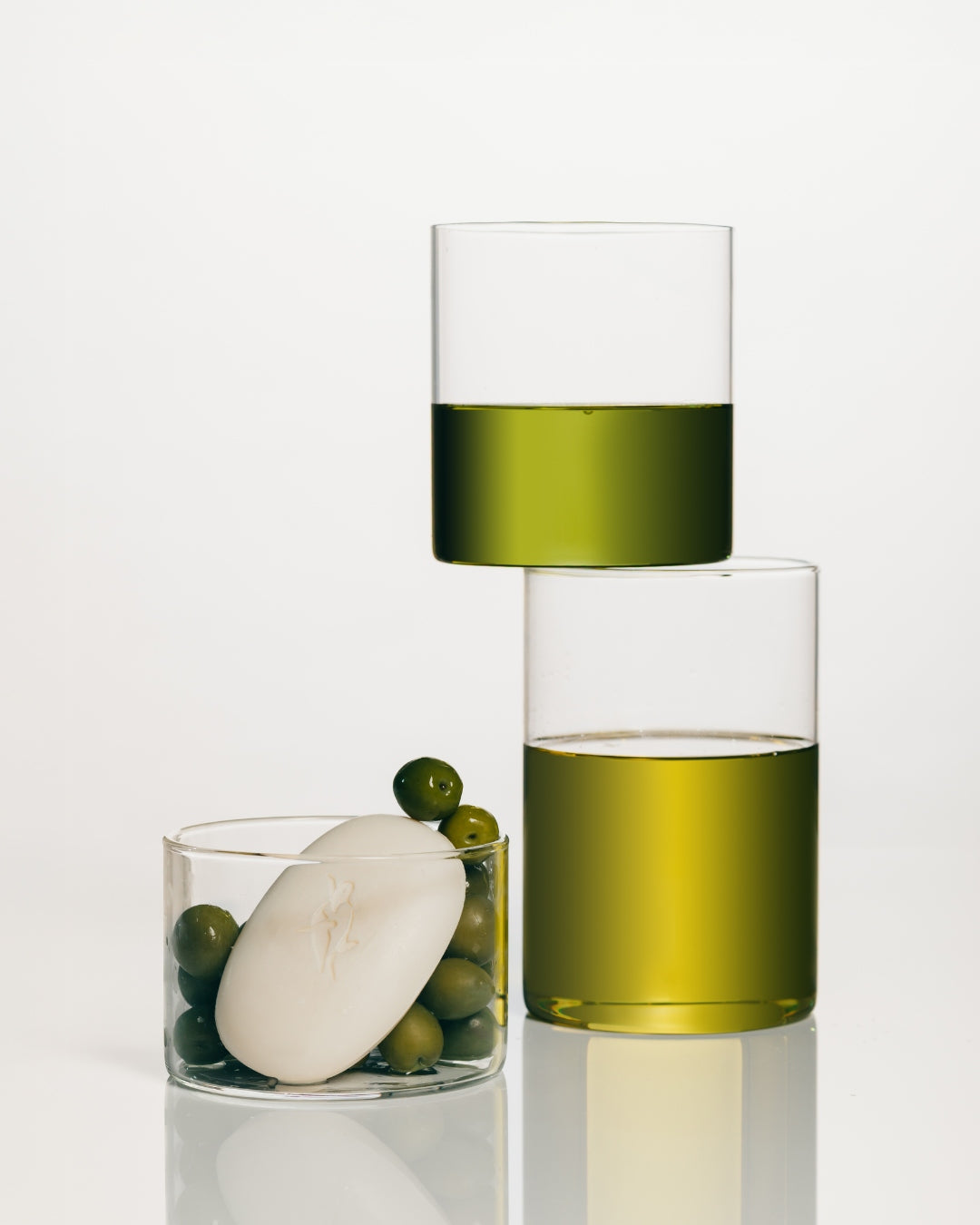With so many toilet paper products available on the market, it’s hard to know how to make the best choice for your home and the environment. While many products claim to be sustainable or environmentally friendly, some options are definitely better than others. Read on to find how more.
We all need to play our part when it comes to combatting climate change, and we know that paper production is bad for the environment, and that plastic contributes to the pollution of both the earth and our oceans. If you are looking for environmentally friendly toilet paper options then bamboo toilet paper is a great choice. Here, we break down the environmental impact of bamboo toilet paper versus conventional toilet paper.
Which is more sustainable, trees or bamboo?
Conventional toilet paper is made from trees, and currently we’re cutting down 27,000 trees every single day – some 15 per cent of global deforestation – just to make toilet paper. It’s estimated that 90 per cent of paper products come from natural, ancient forests. Bamboo, on the other hand, is the world’s fastest-growing plant. It’s regrows as soon as it is cut and is much more sustainable.
Verdict: Conventional toilet paper – 0. Bamboo toilet paper – 1.
Which uses more water, trees or bamboo?
As we all know, water is a precious and increasingly scarce commodity, and should be conserved wherever possible. The fact is, bamboo requires far less water than trees to grow. It’s estimated that bamboo uses thirty per cent less water than hard wood trees. The average roll of toilet paper requires around 37 gallons of water to produce. Unfortunately, high water use is a fairly common issue when it comes to paper manufacturing operations. By making the decision to buy products that use less water we are helping to reduce our impact on the planet.
Verdict: Conventional toilet paper – 0. Bamboo toilet paper – 1.
Which requires more space to grow, trees or bamboo?
Trees need a lot of space to grow, not to mention the fact that they can take up to 100 years to grow to maturity, only to be felled in an instant. Bamboo grows very densely, meaning less land is used to grow it compared with hard wood trees. Every single minute, the equivalent of around 36 football fields’ worth of trees are lost to deforestation, so in terms of raw material, you can get plenty more bamboo from a square kilometre than you can hard wood, making it a much better choice for the environment.
Verdict: Conventional toilet paper – 0. Bamboo toilet paper – 1.

Which uses more chemicals for growth, trees or bamboo?
Trees require fertiliser and chemicals to speed up their growth, damaging the natural environment in order to produce an unsustainable paper product. The felling of trees also involves the use of heavy machinery, causing emissions due to the use of fuel. Commercial forests produce lower emissions due to easier operational conditions, however only around 20 per cent of forests are commercial. Bamboo, on the other hand, requires no chemicals to grow or harvest it.
Verdict: Conventional toilet paper – 0. Bamboo toilet paper – 1.
Which contains fewer chemicals, conventional or bamboo toilet paper?
Bamboo toilet paper is usually free – or contains far less - of the dyes, chemicals and fragrances often used in regular toilet paper. Bamboo requires no additional chemicals to give it physical strength and softness. Bamboo toilet paper is naturally anti-microbial. In the manufacture of conventional toilet paper, chemicals are added to help it absorb water, inks can be used to create patterns, and fragrances used to scent it.
Verdict: Conventional toilet paper – 0. Bamboo toilet paper – 1.

Which contributes more to landfill, conventional or bamboo toilet paper?
According to Better Planet, 270,000 trees get sent to landfill daily in the form of waste paper products and around 10 per cent of that total is attributable to toilet paper. Bamboo toilet paper is 100 per cent biodegradable, however, and breaks down quickly and easily. This reduces impact on landfills, as well as being better for soil quality and reducing the number of leftover, unusable by-products during production. Not only is this better for the environment, it also means long-term cost savings for producers, manufacturers and consumers. Bamboo toilet paper is also safe for septic systems as it disintegrates naturally.
Verdict: Conventional toilet paper – 0. Bamboo toilet paper – 1.
Which uses more plastic, conventional or bamboo toilet paper?
Typically, because bamboo toilet paper is produced by environmentally conscious companies, you are unlikely to find bamboo toilet paper wrapped in plastic packaging. Sadly, many conventional toilet paper products still come wrapped in plastic, however some companies are making the switch to paper or cardboard – so also opt for this choice when you can if purchasing bamboo toilet paper is not an option.
Verdict: Conventional toilet paper – 0. Bamboo toilet paper – 1.

FINAL VERDICT: It seems bamboo is the clear winner when it comes to environmentally friendly toilet paper, beating conventional toilet paper by 7-0. And while it may cost a little more, it’s worth the investment for you, your family, your home and the planet.
At Pure Planet Club we only stock plastic-free products. You can purchase a box of 36 rolls of our tree-free bamboo toilet paper as one-off option, or you can also set up a handy subscription so your environmentally friendly eco toilet paper is delivered directly to your doorstep – plus you’ll get 10% off each carton. Just set and forget, all from the comfort of your home. We are always adding new products to our range too so watch this space and sign up for our newsletter to be first in the know.




